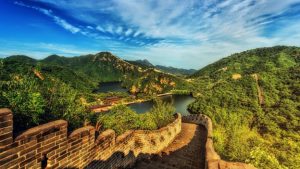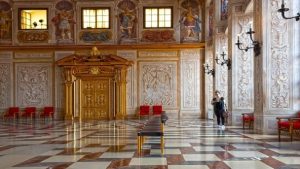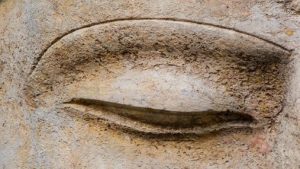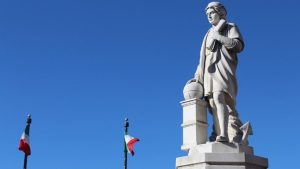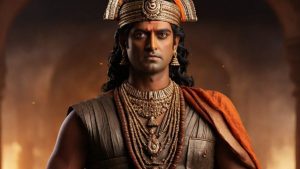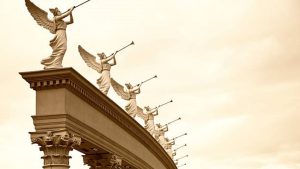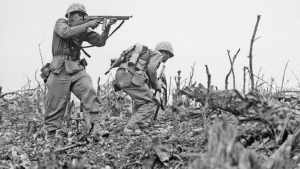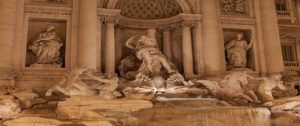The Great Wall of China: Architectural Marvel and Historical Defense
The Great Wall of China is a series of fortifications that were built across the historical northern borders of ancient Chinese states and Imperial China as protection against various nomadic groups from the Eurasian Steppe. The Great Wall developed from the diaparate border fortifications and castles of individual Chinese kingdoms. For several centuries these kingdoms probably were as concerned with protection from their near neighbors as they were with the threat of barbarian invasions or raids. Rulers during the Ming dynasty (1368–1644) ceaselessly maintained and strengthened the Great Wall to prevent another Mongolian invasion. The majority of the work took place along the old walls built by the Bei Qi and Bei Wei.

